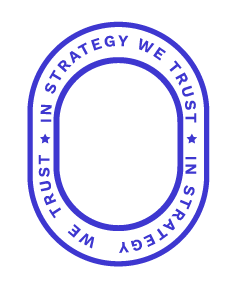The 4 P’s of Marketing
Product
Price
Place
Promotion
Complex marketing tactics implemented by an inexperienced team can lead to jumbled messaging, confused customers, and low brand awareness. If your team is bogged down with overly complicated marketing, it might be time to get back to the basics.
Simple marketing begins with the 4 P’s, which come from the “Marketing Mix”— a model businesses use to capture their unique selling points in order to create a strategic marketing plan.
Product
What do you sell?
A product is a solution to a problem. It meets the needs of a potential customer, whether that need is software development or information about local real estate properties for sale.
You know your product like the back of your hand but you also need to know what makes your product unique so you can tell potential customers not only why they should buy it, but why they should invest their time to learn about it. You need to be able to explain why your product should be chosen over every other product like it.
Price
How much do
you charge?
When deciding the price of your product, you should assess supply costs, competitor pricing, and how much profit you need to make to sustain your business and potentially grow in the future. You should also consider how much you would be able to offer for a discount during future seasonal or promotional periods. If your initial price is too low, you won’t be able to generate excitement with discounts.
Place
Where can your customers go to find
your product?
Unfortunately, your customers aren’t going to come to you, begging to give you money. Understanding the unique facets and niches of your target market is the first step to reaching them.
Here is what you should know about your audience:
-
-
- Age range
- Gender
- Geographical location
- Education level
- Interests/hobbies
- Unique qualities that make your product of interest to them
-
“Place” will be where and how this target audience can get your product. Many products and services are completely advertised and purchased online, and thus require a strong digital presence with social media, an impressive website, and eye-catching advertisements. Others have storefronts and must consider display design and in-person sales teams.
Promotion
How do your customers find out about you?
Your promotion should be strategic and thoughtful. It should reach your target audience, tell them the problem your product will solve, and explain exactly how to get it while working in the confines of your budget and advertising space.
Marketing strategies can often get complicated with intricate plans, ambitious timelines, and complex advertising schemes. At the end of the day, a great marketing plan requires a simple but strategic approach with a deep understanding of the basics.
If you’re looking to get back to basics with your marketing or need a hand as you launch your new brand, the brand strategists at Hoyden are here to help. We offer a unique and in-depth discovery session that will help you discover your brand’s strengths, weaknesses, target audience, competitors, and so much more.


